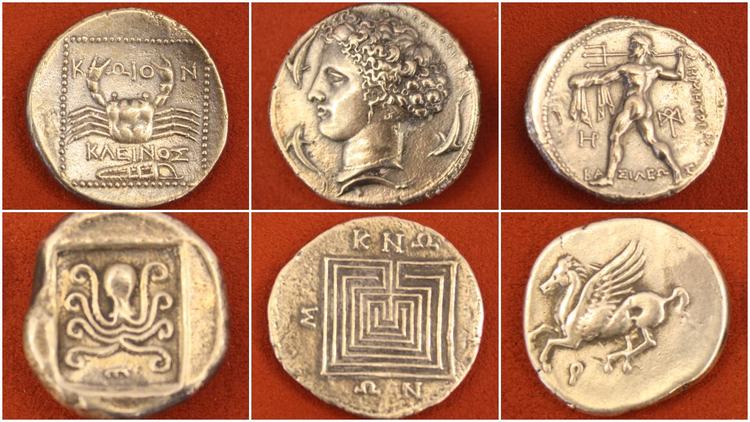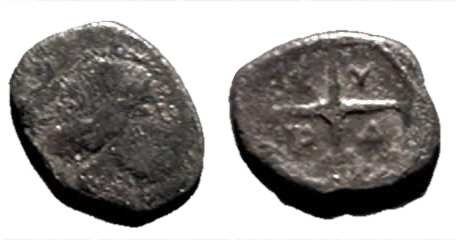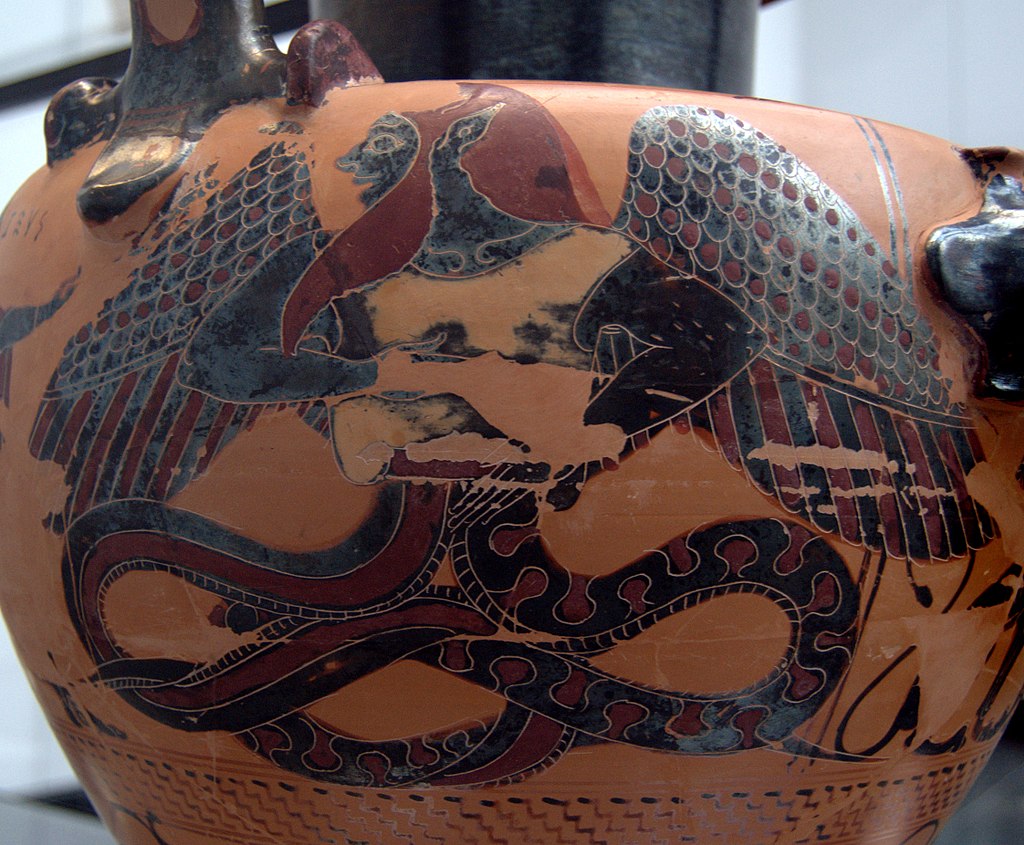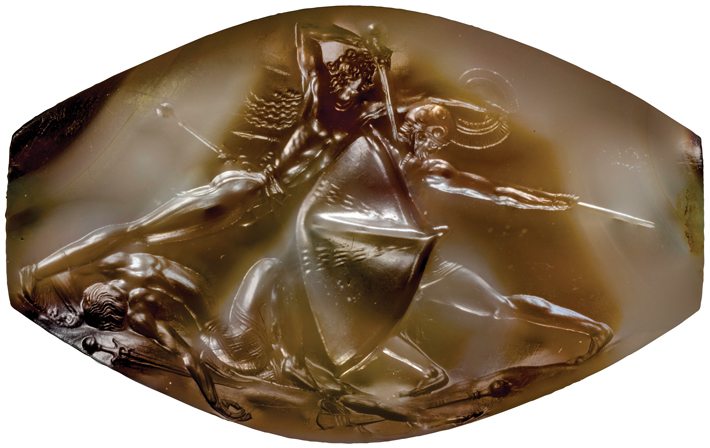
In the ancient world, most towns minted their own, highly individual coins with specific markings and images that told the bearer its city of origin. Classical-era Athenian coins were usually minted with the image of Athena’s owl and an olive branch, and stood out in contrast with the money of foreign merchants.
Flowing into Attica (the region in which Athens is located) were many coins of different states and systems of value. Copper coins from Western Hellas (the early word for Greece) mingled with gold coins from Eastern cities and Persia (Athens had long traded with various cities in Persia).
Athens had its own mint, located near the Agora. Money-changers in the Agora were busy each day exchanging Athenian coins for the darics of the Persians or the shekels of the Asiatic Greeks.
While the drachma was the most common unit of exchange, eight bronze kalkoi equalled one obol. Six obols equalled one drachma, which was similar in value to a full day’s wages for someone working a minimum-wage job today.
Interestingly, the coins minted in Athens could be made of bronze, gold, or silver, but were most often silver due to the abundance of this metal’s local availability. The Laurion mines south of Athens provided the silver that was transformed into Athens’ primary source of wealth. It is from part-ownership of these mines that a character in the book, Xanthos, derives his wealth.
In Chapter Two of Demise of a Demagogue, a slave-boy bites down on a coin given to him by another character, Miletos, a traveler from Syracuse (an ancient city on the island of modern-day Sicily), to test the coin’s metal. Because coins of this era were often tampered with (by cutting off bits or being fashioned from lower-quality metals) one would commonly test the coin to determine its overall worth. The slave-boy also would not automatically trust a coin from another city, and he definitely does not trust Miletos.






